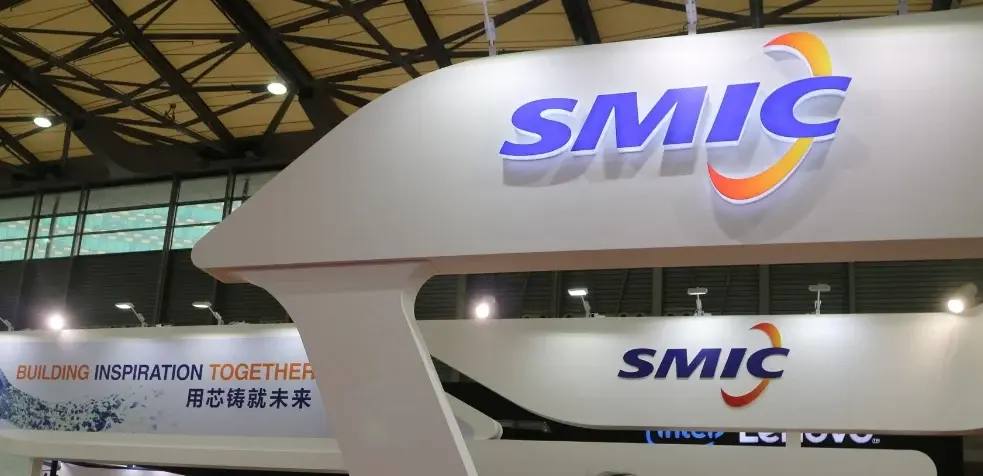Chinese chipmaker Semiconductor Manufacturing International Corporation (SMIC) has climbed to the third spot in the global foundry market by sales for the first quarter of 2024. This milestone was reached despite the ongoing trade restrictions enforced by the US government.
Market Share and Financial Performance
A report from tech research firm Counterpoint shows that SMIC captured 6% of global chip foundry revenue in Q1. This places them behind Taiwan Semiconductor Manufacturing Company (TSMC), which holds a dominant 62% market share, and South Korea’s Samsung Electronics at 13%.
SMIC’s rise is largely due to its strategic pivot towards serving domestic clients such as Huawei. Financial data reveals that 82% of SMIC’s $1.75 billion revenue for the first quarter came from mainland clients. This is a notable increase from 75.5% in Q1 2023 and 80% in Q4 2023.
Challenges and Controversies
SMIC’s progress hasn’t been without hurdles. A teardown of Huawei’s Mate 60 Pro 5G smartphone last year showed the phone contained an advanced Kirin 9000s processor, which was reportedly made by SMIC. This discovery raised concerns in Washington and led to calls for an investigation into how such a chip could be produced in China despite US restrictions.
Both SMIC and Huawei have remained silent on the issue, but the processor has become a symbol of China’s defiance against US sanctions on social media.
Broader Market Trends
The overall foundry market experienced a 5% revenue decline in Q1, according to Counterpoint. This downturn is due to a sluggish recovery in demand for non-AI semiconductors used in smartphones, IoT devices, and automotive applications.
Conversely, the demand for AI chips continues to rise. Counterpoint analyst Adam Chang notes an increase in capital expenditure by cloud service providers and enterprises, reinforcing this trend. The robust demand for AI chips is expected to persist through 2025, contrasting with the slow growth in other sectors.
Nvidia, a key player in the AI chip market, exemplifies this trend. Their latest financial report shows a remarkable 400% increase in revenue from the sale of graphics processing units (GPUs) to data centers in the quarter ending April 28th, 2024.


